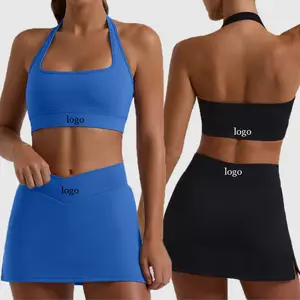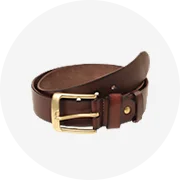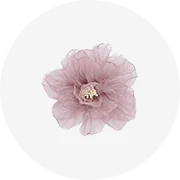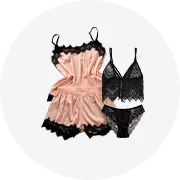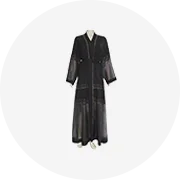Populer di industri Anda






























































Kategori terbaik
Tentang lemari dapur untuk ruang kecil
Pilih dari beragam keindahan. lemari dapur untuk ruang kecil di Alibaba.com. Pakaian ini ideal untuk berbagai macam acara baik itu acara santai, pesta, atau bahkan acara formal .. lemari dapur untuk ruang kecil yang ditawarkan di situs ini berasal dari merek terpercaya yang memastikan kualitas bahan dan jahitan terbaik . Mereka dirancang untuk melengkapi tipe tubuh pemakainya dan meningkatkan penampilan mereka .. lemari dapur untuk ruang kecil yang ditawarkan di situs berkisar dari warna solid yang sederhana hingga pola dan sulaman yang dihias atau dibuat dengan tangan.
lemari dapur untuk ruang kecil yang ditawarkan di Alibaba.com tersedia dalam semua ukuran termasuk terutama ukuran kecil atau besar untuk dapat memenuhi kebutuhan pengguna yang paling luas. Ukuran untuk anak perempuan dan balita juga tersedia .. lemari dapur untuk ruang kecil tersedia dalam berbagai ukuran dan potongan. Mulai dari bodycon, sheath, pinafore, maxi, dan berbagai jenis lainnya .. lemari dapur untuk ruang kecil yang ditawarkan di situs tersedia dalam banyak cetakan dan pola yang menarik untuk membantu pemakainya menampilkan kesan unik mereka gaya.
lemari dapur untuk ruang kecil yang ditawarkan di situs memiliki banyak variasi gaya tambahan pada pakaian tradisional, dan beberapa dilengkapi dengan ikat pinggang dan ikat pinggang yang membantu melengkapi tampilannya. Ini. lemari dapur untuk ruang kecil berkisar dari pakaian kasual sehari-hari hingga karya desainer yang pasti akan mengesankan pada acara sosial yang paling canggih. Ini. lemari dapur untuk ruang kecil adalah suguhan untuk mata dan juga pas nyaman, memungkinkan pemakainya tampil modis tanpa kerepotan.
Beli dari berbagai jenis file. lemari dapur untuk ruang kecil di Alibaba.com dan tambahkan beberapa modernitas dan ceria pada lemari Anda. Ini juga ideal untuk. Pemasok lemari dapur untuk ruang kecil yang mencari persediaan pada barang-barang elegan yang pasti akan mengesankan konsumen. Dengan diskon menarik di situs, tidak pernah semudah ini untuk tampil trendi!




